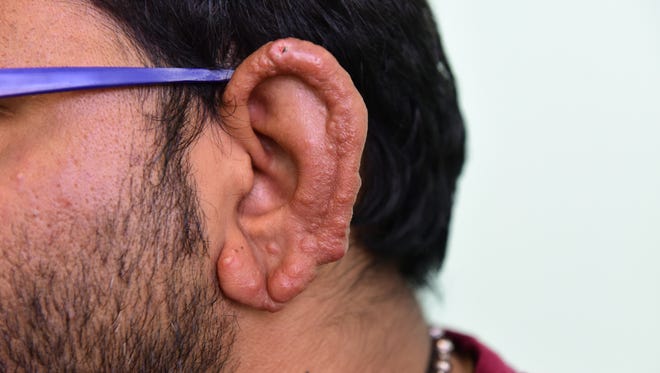Ask the Pharmacist: Interesting new facts about leprosy and COVID-19

I’m reading a book called “The Island” (Victoria Hislop) which is about a leper colony and the book is set in the 1900s where people with leprosy were exiled to an island called Spinalonga, off the coast of Crete (Greece). And people were sent there to live, and to die. The island is abandoned today. It became self-sufficient and only after 1957 were the residents allowed to return to their homes (if they were still alive).
More:Ask the Pharmacist: The best natural antihistamines
Today, half of the cases of leprosy occur in parts of India and there are still leper colonies. There are leper colonies all over the world. This condition is ancient, but sadly, even with centuries of medical advancements, we still see thousands of cases globally.
It is medically known as Hansen’s disease. Those afflicted with leprosy are often from poverty-stricken areas where there is difficulty accessing medical professionals and clean food or water. The condition, if untreated, will cause nerve pain, skin lesions, disfigurement, and amputation, not to mention social stigma.

In the book I am reading, one of the main characters, a teacher named “Eleni” becomes infected with leprosy by her student Dimitri, and they are both banished from Crete to live forever on the little island of Spinalonga. Eleni was never to return home, but her altruistic and loving nature made life better for those she knew during her time on the island.
Like COVID, the condition of leprosy seems to show benefits from Vitamin D. They did not know that back in the 40s and 50s when Spinalonga and other leper colonies formed. I am not comparing leprosy to Coronavirus, these are not even remotely related. The only similarity is that vitamin D can be helpful for both according to current scientific research. Vitamin D supports many aspects of immune function, as well as myelin sheath repair.

Today’s aim is to enlighten you about the condition of leprosy because it still exists in the U.S., especially in the southern U.S., and it’s making a resurgence in Brazil. Just FYI, armadillos are a host, and people still eat them. As a reminder, zoonotic infections are 100 percent preventable, and therefore easier to avoid than to cure.
The signs and symptoms of Leprosy include
- Discolored (or thick) patch of skin on the body
- Muscle weakness
- Loss of eyebrows or eyelashes
- Painless swelling or lumps on the face or ears
- Numbness in parts of the skin
Treatment of leprosy will help to avoid the nerve damage.
If left untreated it may cause
- Shortening of toes and fingers
- Foot drop
- Blindness
- Neuropathy or burning sensations in skin
- Chronic ulcers that don’t heal on the skin or feet
- Difficulty swallowing or talking
There are many physicians today who specialize in the treatment of leprosy and other infectious diseases, so if you have concerns that the bacteria has invaded your body, do some reading at websites such as The Leprosy Mission International and the National Hansen’s Disease Program.
More:Ask the Pharmacist: Chamomile helps arthritis, blood thinning and mouth pain
Suzy Cohen is a registered pharmacist. The information presented here is not intended to treat, cure or diagnose any condition. Visit SuzyCohen.com.